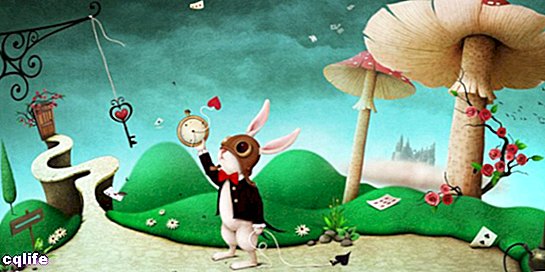We explain what a character is in an artistic work and how they are classified. Also, the importance of the main character.

What is a character?
When speaking of a character, allusion is made to individuals humans, animals or of another type, usually of a fictional, fantastic or imaginary nature, that take part in the plot of an artistic work, such as a narration cinematographic, a pictorial picture or a literary story.
Characters are created to inhabit the possible world of the artwork, more or less inspired by the beings that we find in the real world, and the plot of these stories usually revolves around their adventures and misadventures. In cases like movie theater or the theaterFurthermore, they are embodied by actors or represented by illustrations, three-dimensional figures, etc.
In this way, the reader or the spectator of a work must agree with the existence Of the charactersas ifn realis, even when it comes to mythological, religious or fantastic beings, to be able to accompany them in their story.
Throughout the history of civilization, human beings have created an infinity of characters, of which many have been considered iconic or representative of the feelings or problems of a certain time, thus becoming archetypal or stereotypical, that is to say, universal.
Character types

There are different ways to classify the characters, according to one or another consideration. For example:
- According to his participation in the story. According to their importance in the development of the plot, they can be:
- Primary or main characters. The most important of the story, around which the story revolves and whom we accompany the most throughout it.
- Secondary characters. They are the supporting characters, that is, those who intervene in the story but are not very relevant or determining in it, and we see them only when necessary.
- Tertiary characters. Those who hardly intervene incidentally in history, without having too much to do with it, and who know practically nothing.
- According to its narrative role. Looking now at the role they play in the plot, we can talk about:
- Protagonists. The main characters of the story, on whom the plot has to do. They can be heroes, anti-heroes or simply circumstantial protagonists, but the story is about them and it can rarely continue if they die or have disappeared.
- Antagonists Those who oppose the protagonist, who are opposed to fulfilling their aspirations or who simply have wishes contrary to theirs.
- Tritagonists. They are the characters who do not take sides in the story, but rather travel it eventually, without having to do with the internal struggles of the plot.
- According to its psychological depth. According to the density of its imaginary construction, we can talk about:
- Flat or sketchy characters. Those that do not present much complexity, nor much elaboration in their deep motivations, but are sketches of themselves.
- Round or deep characters. On the contrary, they are densely constructed characters, with a lot of emotional or psychological baggage, that is, more completely elaborated.
Main character

The main characters are those who actively intervene in the development of the plot, that is, who lead the various narratives that make it up.
The protagonists and antagonists are usually main characters, since they are the ones who mobilize the forces within the story.
On the other hand, the characters that intervene only occasionally or tangentially in the events reported are secondary or even tertiary characters.
